In Photos: Archaeological Discoveries at Hagia Sophia
Justinian I
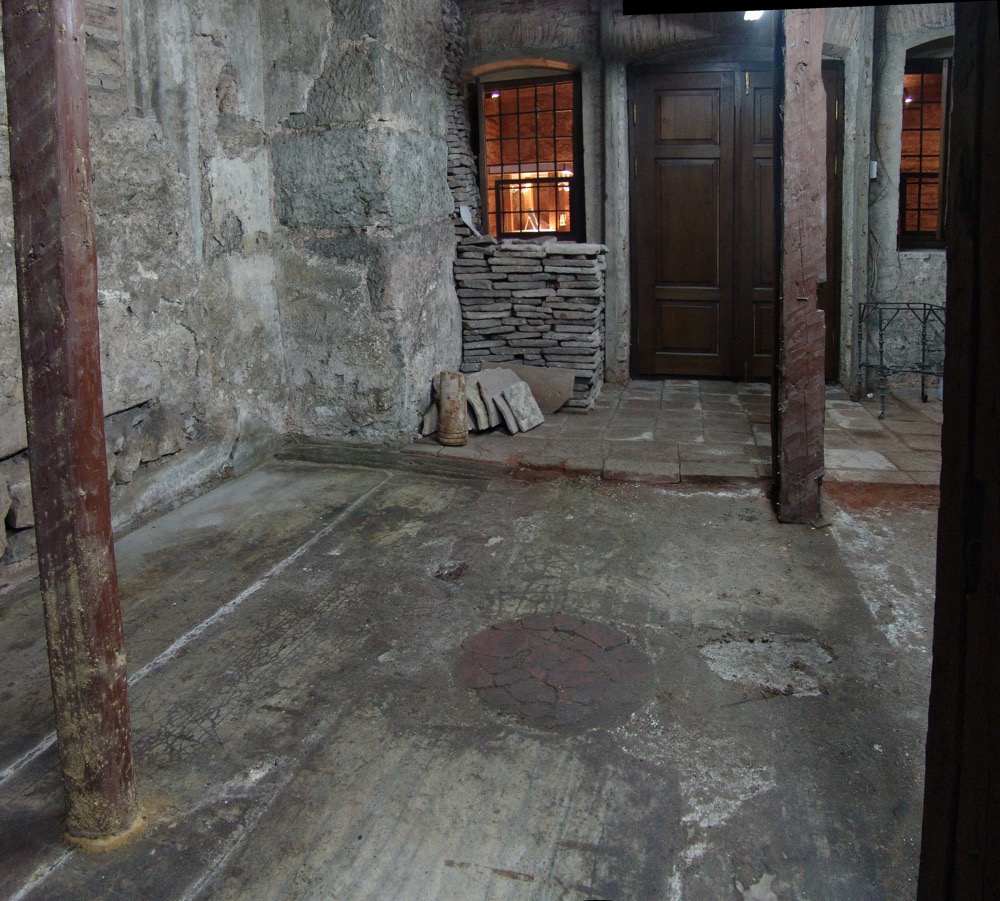
Researchers working at the Hagia Sophia, the largest Christian cathedral constructed in the ancient world, have made a number of discoveries. For instance, they discovered a circle made of a type of igneous rock called porphyry where Justinian I, the emperor of the Byzantine Empire, stood during a religious ceremony. [Read more about the Hagia Sophia discoveries]
Scroll library
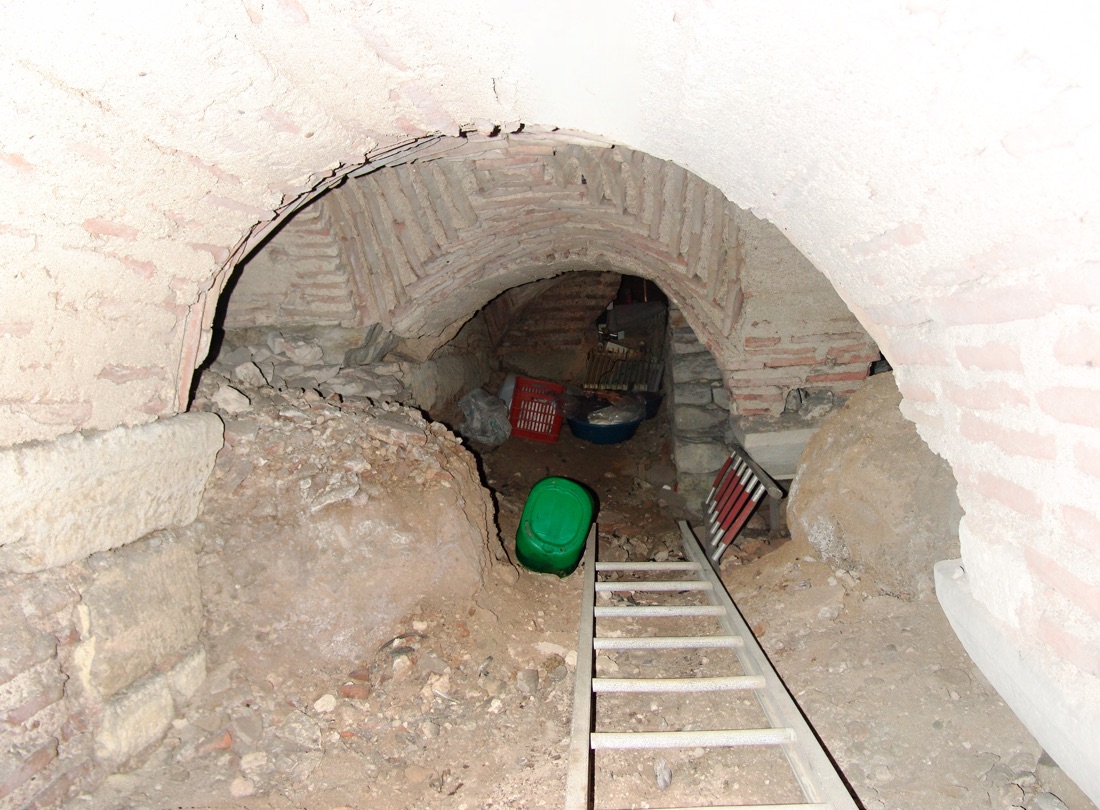
This vaulted space may be the remains of an ancient library that held thousands of scrolls, researchers found. The space is located beneath a structure known as the large hall at Hagia Sophia.
Geometric fresco
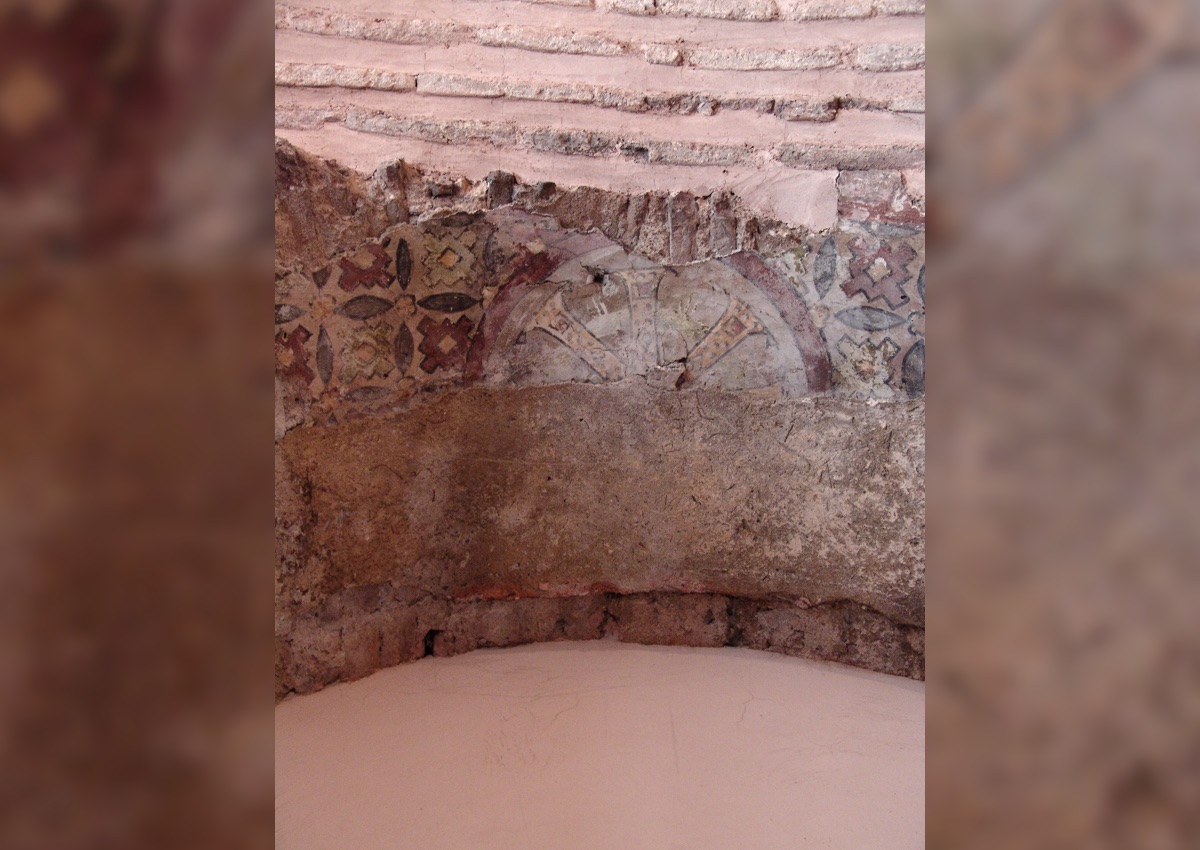
This fresco shows a large cross in a circle surrounded by a geometric design. Found on a structure known as the northeast ramp, the fresco was recorded while restoration was being carried out in 2008.
Byzantine vestibule

Researchers found that the northwest vestibule, shown here, was constructed during the reign of Justinian I. Originally, it was believed to have been added much later, during the time of the Ottoman Empire.
Swastika mosaic
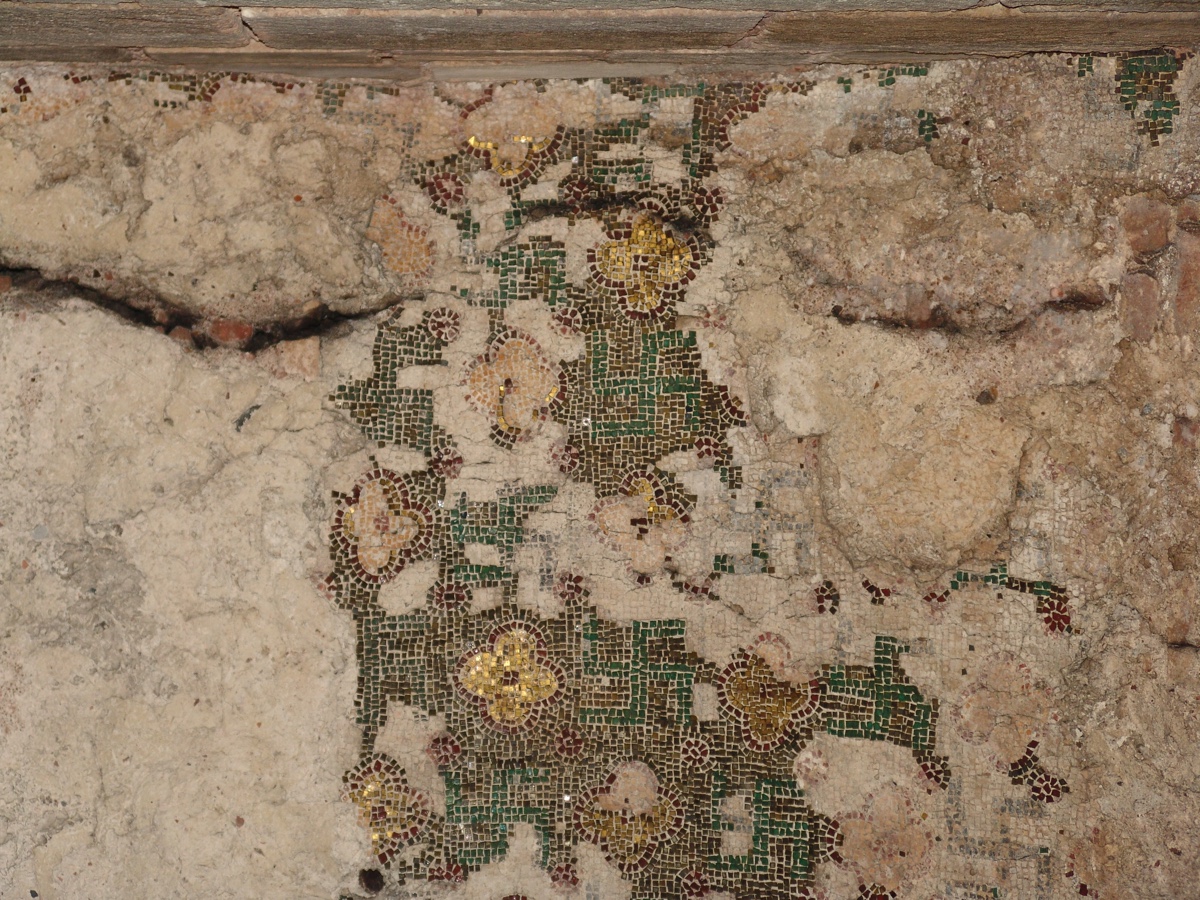
A geometric mosaic was recorded in 2012 in the interior of the church at ground level. It uses a mix of gold and green colors. The geometric motifs found on the mosaic include swastikas, which were frequently used in the ancient world
Great Baptistry
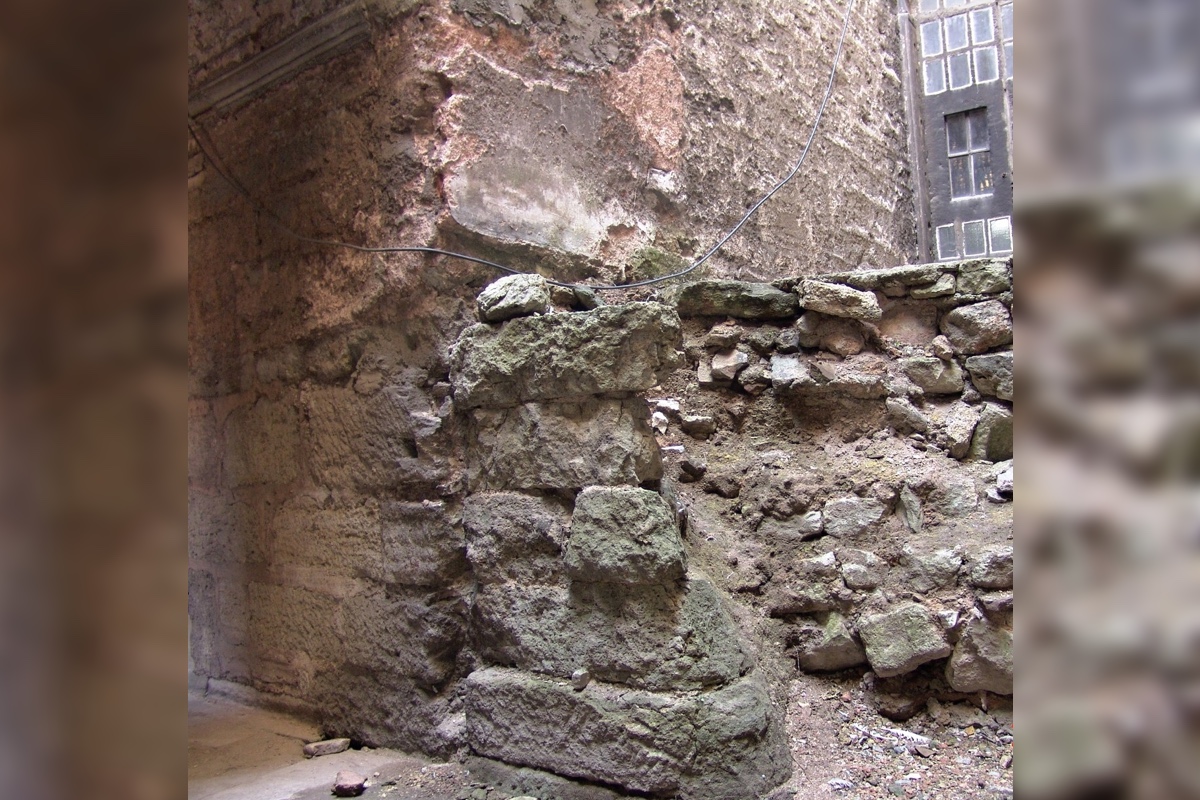
A greenstone wall, shown here, is part of a rectilinear structure located north of the cathedral at Hagia Sophia. This structure may be the remains of the Great Baptistery, where baptism was performed on the Epiphany and Easter Vigil, and where the emperors' children were baptized.
Patriarchal palace
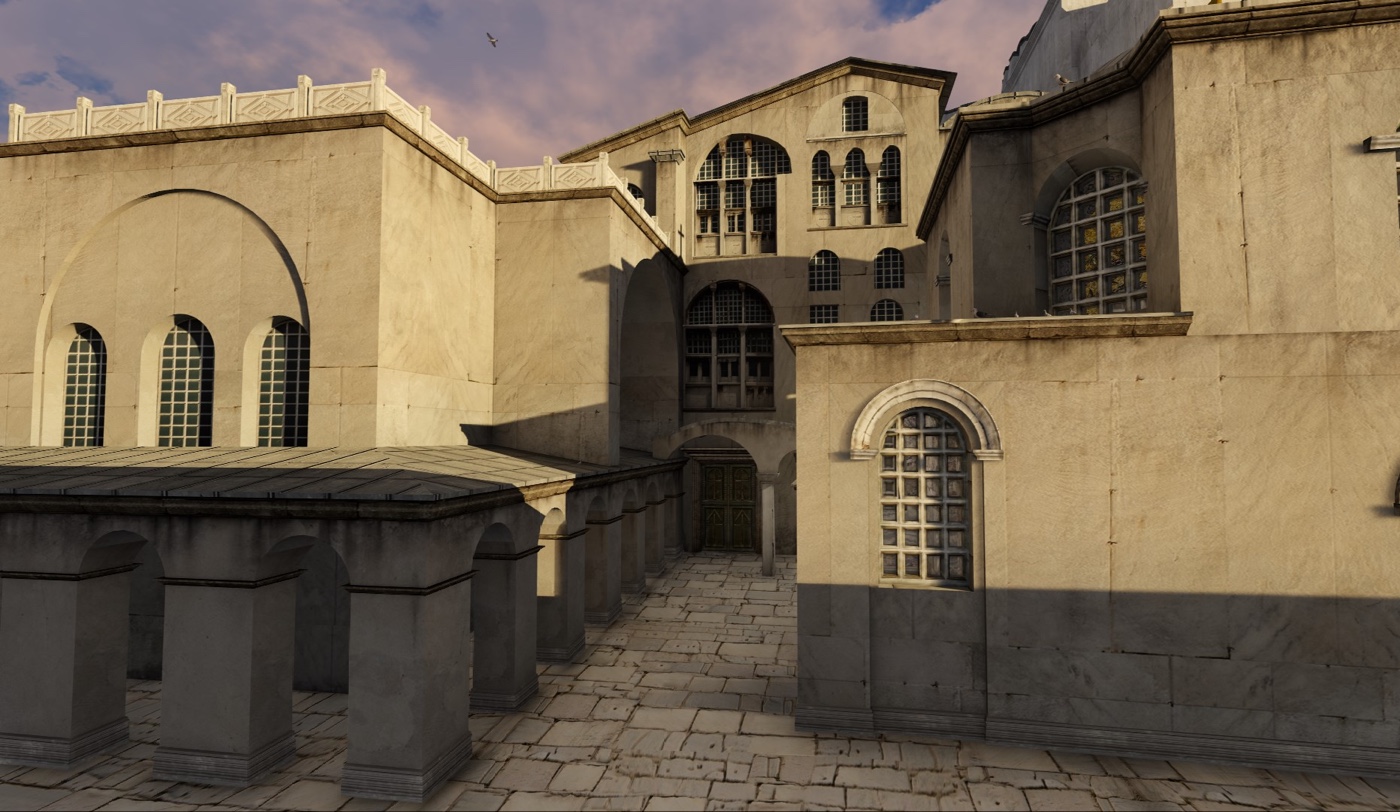
Tayfun Öner reconstructed part of the Byzantine Patriarchal palace seen from the south. The reconstruction uses the information gathered by archaeologists during their research at Hagia Sophia.
Palatial reconstruction
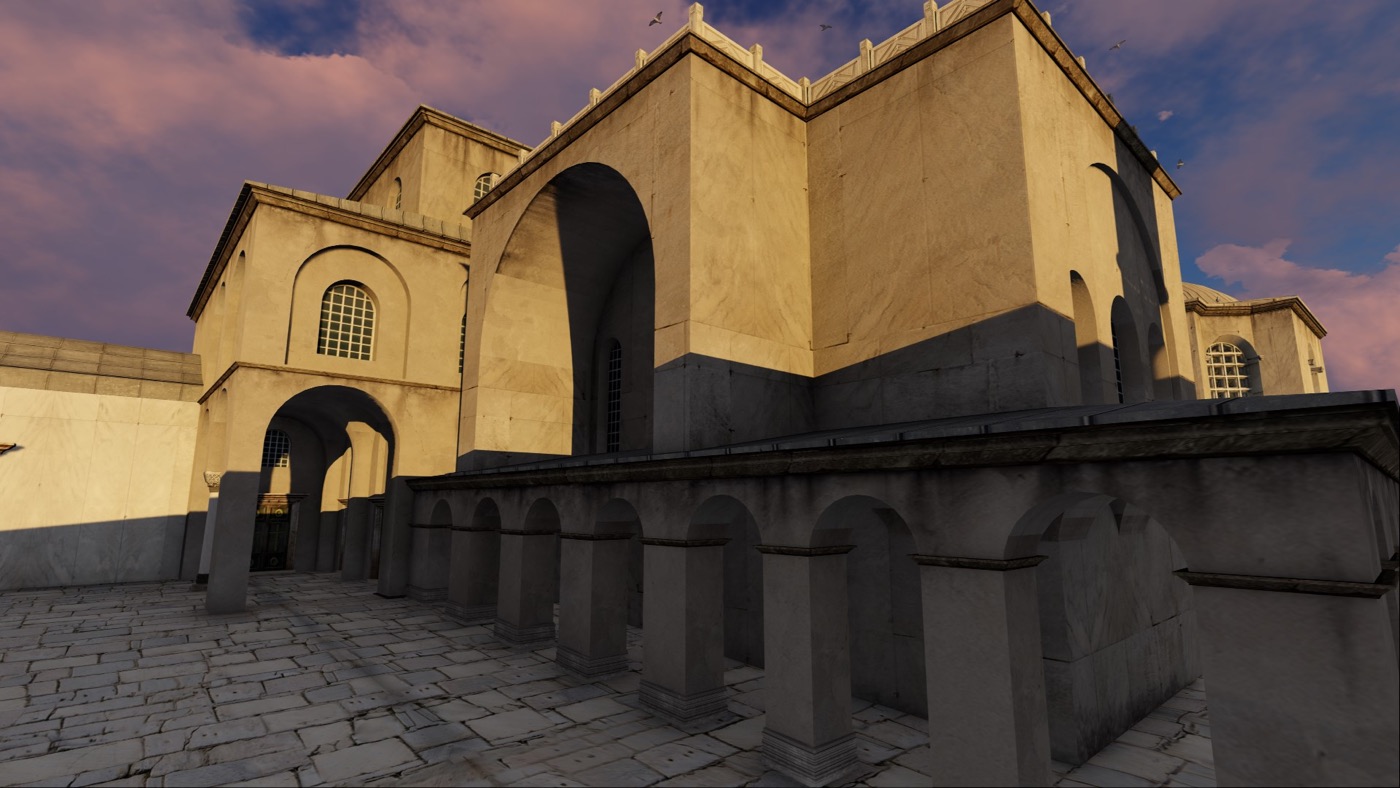
Another view showing the reconstruction by Tayfun Öner of the Byzantine Patriarchal palace.
Lots of marble
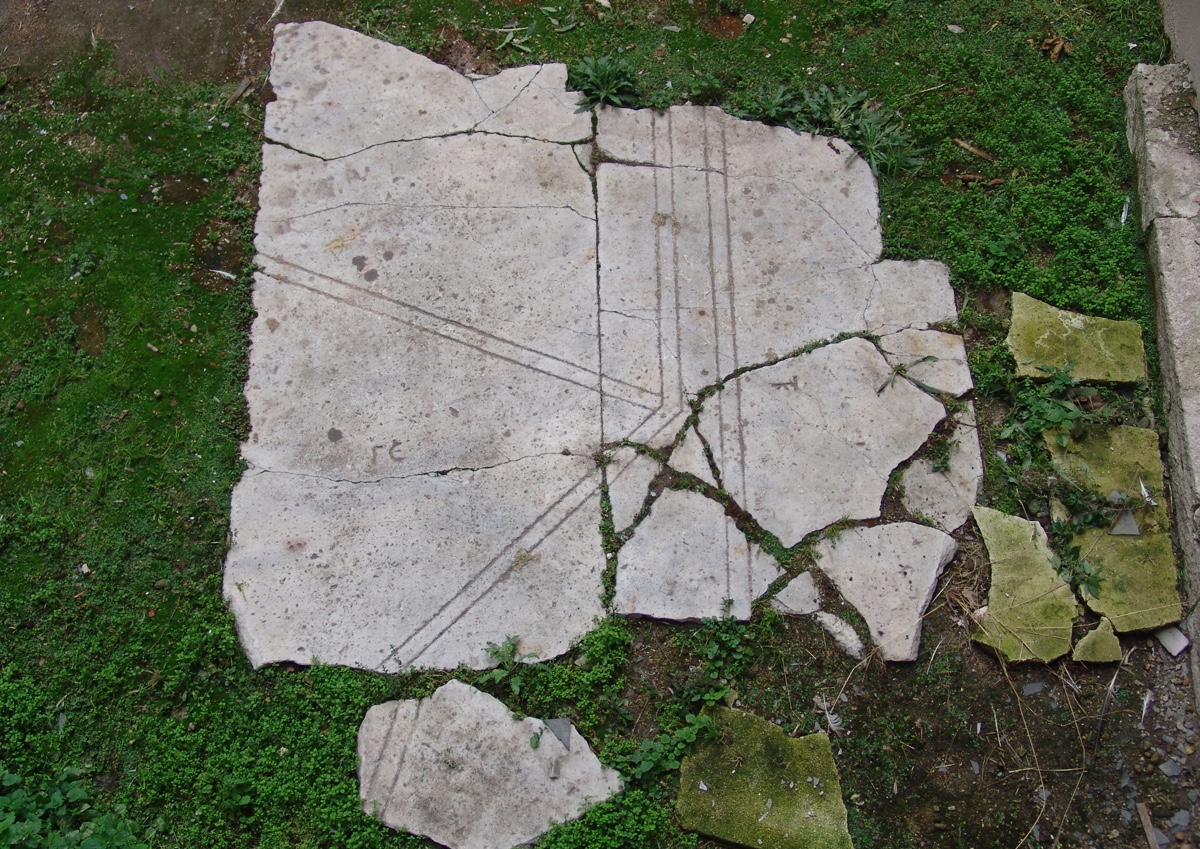
A fragment of white marble paving found at Hagia Sophia is decorated with a hexagon or octagon within a rectangle. Research suggests that a sizable portion of the Hagia Sophia was clad in white marble. The vast amount of white marble would have reflected sunlight, increasing the visibility of the Hagia Sophia, giving it an almost luminous appearance.
Mason's marks
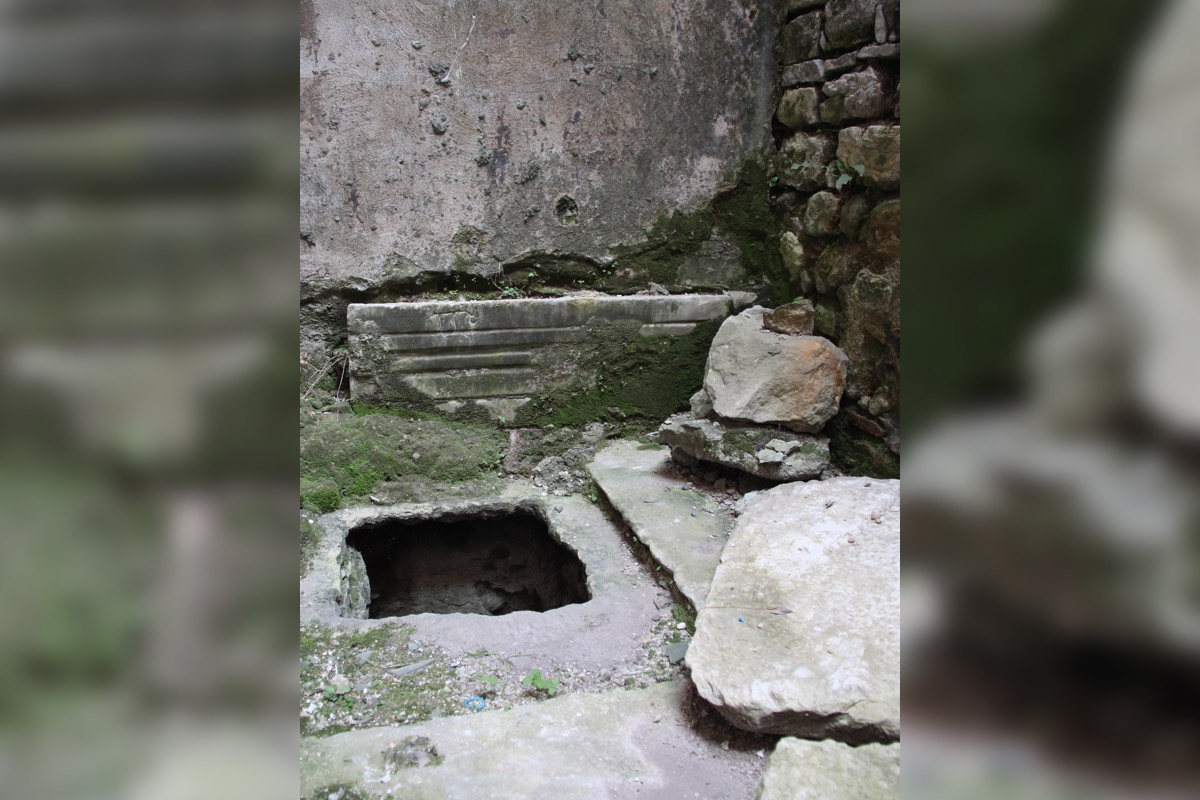
This slab has mason's marks on it with the letters "ΠOV." The mason's marks and graffiti documented by researchers shed light on the people who worked on building the Hagia Sophia.
Sign up for the Live Science daily newsletter now
Get the world’s most fascinating discoveries delivered straight to your inbox.

Owen Jarus is a regular contributor to Live Science who writes about archaeology and humans' past. He has also written for The Independent (UK), The Canadian Press (CP) and The Associated Press (AP), among others. Owen has a bachelor of arts degree from the University of Toronto and a journalism degree from Ryerson University.










